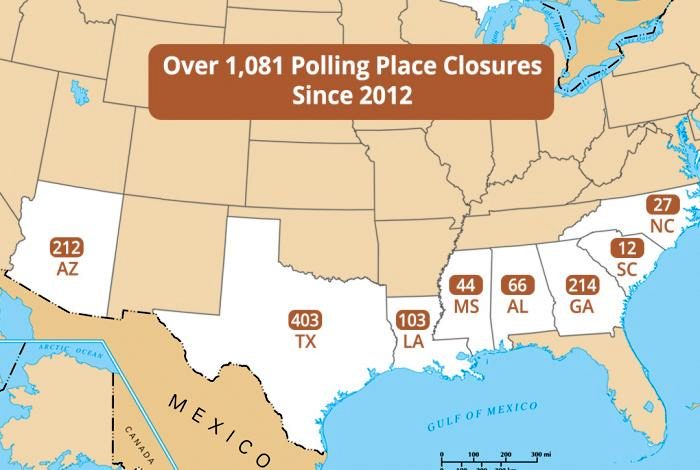The Daily Escape:

St. Louis Cathedral, New Orleans, LA – December 2019 iPhone photo by Wrongo
So, what’s the Democrats’ 2020 campaign strategy? As usual, they can’t decide. Should they run to the center, again following a “Blue Dog” strategy that will sound a lot like Republican-lite? Should they go big, calling for structural change that expands health care and grows the middle class? Or should they simply run against Trump?
Which of these, or which combination of these strategies, are winners?
Ask any pundit, and they will say that Trump won Michigan, Wisconsin, and Pennsylvania by appealing to white, working class voters who abandoned the Democrats based on Trump’s economic populist messaging. This makes all Dem strategists say the Democratic presidential nominee must run as a centrist.
That was true in Ohio in 2016, where Trump managed to win 50% of the votes. In the others, he won with pluralities. Trump “won” Pennsylvania, Wisconsin, and Michigan with 47.22%, 48.18%, and 47.5% of the vote, respectively. Why? Because five times the normal number in those states cast their ballots for someone other than Trump or Clinton. In this polarized era, the average vote that goes to a protest ballot is about 1.5%. In 2016, in Wisconsin, 6.2% of voters cast protest ballots.
Most of those third party voters should have been Democratic voters—they were disproportionately young, diverse and college educated—but the Clinton camp made no effort to activate them in the general election.
Instead, Hillary Clinton ran her campaign by trying to appeal to Republicans and the few Republican-leaning independents appalled by Trump. She chose a bland white man, Tim Kaine, as VP. Her messaging and ads were policy-lite. And in the end, most of those voters stuck with the GOP.
Rachel Bitecofer, a 42-year-old professor at Christopher Newport University Virginia, says that there are no swing voters, and that it’s useless to design a campaign to appeal to them. Crazy, right? We should take her seriously because she nailed, almost to the number, the size of the Democrats’ 2018 win in the House.
Bitecofer’s theory is that today’s elections are rarely shaped by voters changing their minds, but rather by shifts in who decides to vote. She says the real “swing” doesn’t come from voters who choose between two parties, but from people who choose to vote, or not. The actual percentage of swing voters in any given national election according to her analysis, is closer to 7% than the 20% most of the media thinks are out there.
Bitecofer’s view of the electorate is driven by Alan Abramowitz’s concept of “negative partisanship,” the idea that voters are more motivated to defeat the other side than any particular policy goals. Abramowitz says that American politics has become like bitter sports rivalries, where the parties hang together mainly out of sheer hatred of the other team, rather than a shared sense of purpose. Republicans might not love the president, but they absolutely loathe his Democratic adversaries.
Bitecofer says that negative partisanship makes the outcome of our elections highly predictable.
For what it’s worth, Bitecofer’s model has a yet-unnamed Democrat winning 278 electoral votes with 68 electoral votes still rated toss-up. From Bitecofer:
“In short, the 2020 presidential election is shaping up as a battle of the bases, and the Democrats’ base is simply bigger. When their demographic advantage combines with an enthusiasm advantage and heightened party loyalty fueled by negative partisanship, they hold a significant structural advantage. Turnout in 2018 was about 12 points higher than 2014 turnout and higher than any midterm in decades…. It is not infeasible that turnout in 2020 will exceed 65%.”
This means that Democrats have to harness the anger of Democrats, and that is more important than using policy to energize them, and then TURN THEM OUT.
Wrongo isn’t sure what to think about this. Intuitively, the “bitter sports rivalry” makes sense. But at the 30,000-foot level, hers may just be another plea for driving higher turnout.
As Bitecofer sees it, we shouldn’t be thinking about the Democratic or Republican “base.” Rather, there are Democratic and Republican coalitions, the first made of people of color, college-educated whites and people in metropolitan areas; the second, mostly noncollege whites, with a smattering of religious-minded voters, financiers and people in business, largely in rural and exurban counties.
She may be right accidentally, rather than because her model is great. But focusing voters’ anger at Trump is better than saying that “Trump voters are stupid” (or racist, or deplorable)and seems smart.
Huge turnout is key. Voter turnout in 2016 was around 50%. If that can be increased by 10-15%, all things become possible for the Democrats.




